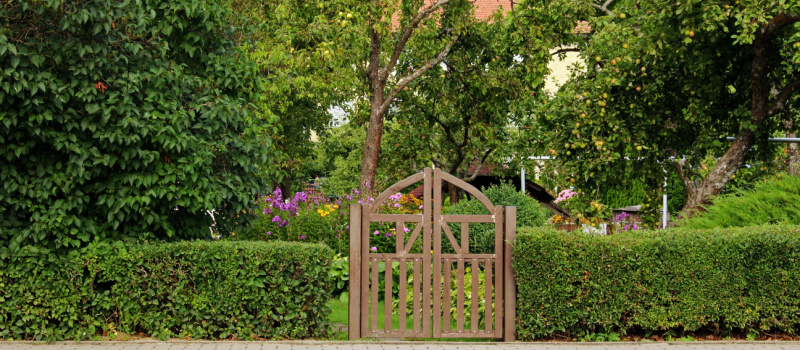What Should I Do If My Trees Are Dying in My Backyard?

Trees can be a beautiful and important addition to any backyard, providing shade, beauty, and environmental benefits. However, if your trees start to show signs of decline or illness, it can be a source of stress and concern. If you are faced with dying trees in your backyard, taking action quickly to try and save them is essential. Here are some steps you can take if your trees are dying in your backyard.
Identify the Problem
The first step in addressing a dying tree is to identify the problem. Various issues can affect trees, including disease, insect infestations, poor soil quality, and environmental stressors such as drought or flooding.
Some common signs that a tree is in distress include:
- Discolored or wilting leaves
- Thinning canopy or branches
- Cracks or splits in the bark
- Fungus or mushrooms growing on the trunk or roots
- Presence of insects or insect damage
Once you have identified the problem, you can start to take steps to address it.
Consult an Arborist
Consulting with an arborist is a good idea if you are trying to determine what is causing your tree's decline. An arborist is a tree specialist who can diagnose the problem and recommend a course of action. Look for an arborist who is certified by a professional organization such as the International Society of Arboriculture (ISA). They will be able to provide you with expert advice on how to save your tree or whether it needs to be removed.
Provide Adequate Water and Nutrients
Trees need adequate water and nutrients to thrive. If your tree shows signs of drought stress, ensure it gets enough water. This is especially important when natural rainfall is insufficient during hot, dry spells. Consider installing a drip irrigation system or using a soaker hose to provide slow, steady water to the roots. Avoid overwatering, as this can lead to root rot and other problems.
In addition to water, trees need nutrients to grow and stay healthy. Fertilize your tree with a balanced fertilizer that contains nitrogen, phosphorus, and potassium. Be sure to follow the instructions carefully and not over-fertilize, as this can also harm the tree.
Prune Dead or Diseased Branches
Pruning dead or diseased branches is an integral part of maintaining your tree's health. Dead branches can attract insects and diseases and can also pose a safety hazard if they fall. Use clean, sharp pruning shears or saws to remove dead or diseased branches. Be careful not to remove too much foliage, which can further stress the tree.
Treat Diseases and Pests
Treat your tree promptly if it suffers from a disease or pest infestation. There are multiple treatments available, depending on the specific problem. For example, some diseases can be treated with fungicides, while insect infestations may require insecticides or other treatments. Follow the instructions carefully and use the appropriate protective equipment when applying treatments.
Consider Tree Removal
In some cases, a tree may be too far gone to be saved. If your tree is severely damaged or diseased, or if it poses a safety hazard, it may need to be removed. Tree removal can be dangerous, so it is best to hire a professional tree service to do the job. Look for a licensed, insured company with experience removing trees safely and efficiently.
If you are faced with dying trees in your backyard, take action quickly and address any potential problems that are causing them to die. If you have a tree that is dying in your backyard, then contact The Experienced Gardener for help. Our team of experts can provide an assessment and develop a plan of action to make sure your trees are healthy and strong again. With the right treatment and maintenance, you can ensure that your trees stay healthy for years to come.


